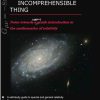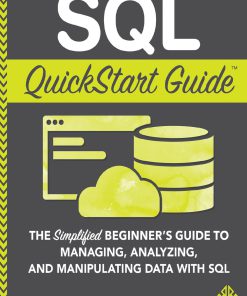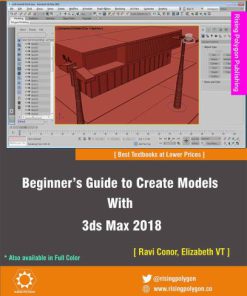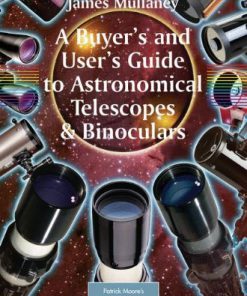A Beginner s Guide to Working with Astronomical Data 1st Edition by Markus Pössel
$50.00 Original price was: $50.00.$25.00Current price is: $25.00.
A Beginner’s Guide to Working with Astronomical Data 1st Edition by Markus Pössel – Ebook PDF Instant Download/Delivery:
Full download A Beginner’s Guide to Working with Astronomical Data 1st Edition after payment

Product details:
Author: Markus Pössel
This elementary review covers the basics of working with astronomical data, notably with images, spectra and higher-level (catalog) data. The basic concepts and tools are presented using both application software (DS9 and TOPCAT) and Python. The level of presentation is suitable for undergraduate students, but should also be accessible to advanced high school students.
Table of contents:
1. Introduction
1.1. Types of data
1.2. Types of tools
1.3. Concepts and operations
1.4. Software/language choices
2. Data basics: images, spectra, tables
2.1. Images: Color, brightness, pixels
2.2. Images: PSF and noise
2.3. Images: Noise and flatfielding
2.4. Images: Astronomical information
2.5. Spectra
2.6. Data cubes
2.7. High-level data: Catalogues and tables
3. SAOImage DS9 and astronomical images
3.1. Loading a Hubble image
3.2. A first look at the Eagle Nebula M16
3.3. Coordinates: Navigating the image
3.4. Meta-Information: The FITS header
3.5. Making a colour image
3.6. Catalogs
3.7. Photometry with regions and statistics
3.8. Profiles
4. TOPCAT and table data
4.1. Opening a table file
4.2. Making a sky plot
4.3. Virtual Observatory (VO) services
4.4. Basic ADQL queries
4.5. Selections and subsets
4.6. More on plotting
4.7. Histograms
4.8. A quick look at a spectrum
5. Getting started with Python
5.1. Installing Python
5.2. Using Python in Spyder
5.3. Modules
6. Basic operations with Python
6.1. Meet your new versatile calculator
6.2. Units and constants
6.3. Random numbers
6.4. Strings
6.5. Conditions
6.6. User-defined functions
6.7. Timing your code
7. Taming long data sets: Lists in Python
7.1. A list of galaxies
7.2. Doing something element by element
7.3. Operations involving more than one list
7.4. Creating lists simultaneously
7.5. Indexing
7.6. Mixing up types: Lists, arrays, and speed
7.7. Strings and numbers as lists
8. Basic plotting with Python and Matplotlib
8.1. Plotting a function
8.2. Making a plot look better
8.3. Annotating plots
8.4. Figure size
8.5. Scatter plots
8.6. Fitting data
8.7. Histograms
8.8. Saving figures
8.9. Getting data sets
9. Importing table data into Python
9.1. Opening a FITS table in Python
9.2. Opening an ASCII table in Python
9.3. Accessing astronomical data bases
10. Astronomical image manipulation with Python
10.1. FITS files and Python
10.2. Displaying (showing) an image
10.3. Pixelwise operations
11. A simple simulation
11.1. Step-by-step numerical integration: Euler method
11.2. Numerical errors
11.3. Velocity Verlet algorithm
11.4. A simple two-dimensional simulation
12. Conclusion
People also search for:
astronomy beginner’s guide to the universe 8th edition
a beginner’s guide to working with astronomical data
astronomy a beginner’s guide to the universe
beginners guide to astronomy
beginners guide to astronomy pdf
Tags:
Markus Pössel,Beginner,Astronomical Data
You may also like…
Computers - Computers - General & Miscellaneous
Computers - Databases
Science (General)
A Buyer s and User s Guide to Astronomical Telescopes Binoculars 2007th Edition Mullaney James
Computers - Databases
Practical SQL A Beginner s Guide to Storytelling with Data 1st Edition Anthony Debarros
Technique - Electronics
A Beginner s Guide to Circuits Nine Simple Projects with Lights Sounds and More Dahl












